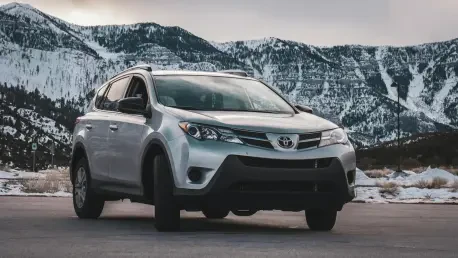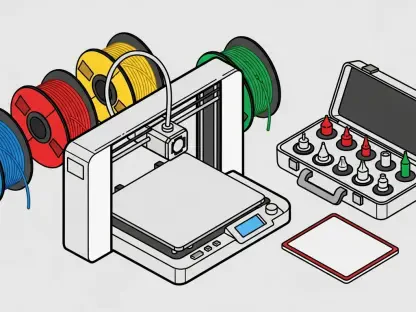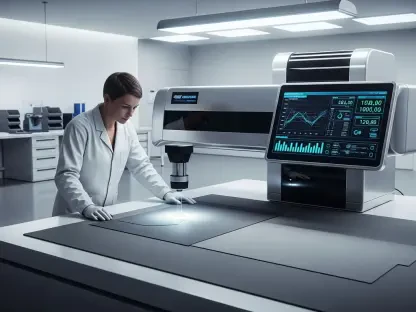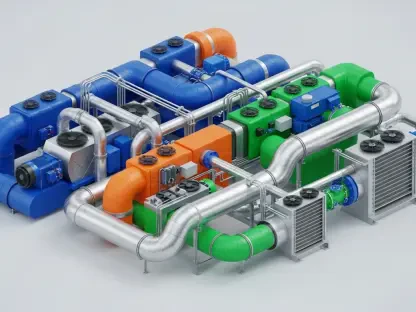I’m thrilled to sit down with Kwame Zaire, a renowned manufacturing expert with a deep focus on electronics, equipment, and production management. With his extensive knowledge in predictive maintenance, quality, and safety, Kwame offers unique insights into the evolving landscape of the automotive industry. Today, we’re diving into Toyota’s recent announcement about producing electric vehicle (EV) SUVs at their Kentucky plant in the US, exploring what this means for their operations, workforce, and strategic direction in the rapidly growing EV market.
How did Toyota come to the decision to produce electric SUVs at their Kentucky plant, and what factors played a role in choosing this location?
Toyota’s decision to manufacture EV SUVs at their Kentucky plant is a strategic move driven by the need to optimize manufacturing efficiency and meet growing market demand for electric vehicles in the US. The Kentucky facility is already a key hub for Toyota, with established infrastructure and a skilled workforce, making it a logical choice for scaling up EV production. Additionally, proximity to the US market reduces logistics costs and aligns with Toyota’s goal of being responsive to regional consumer trends. It’s also about leveraging existing investments in the plant to transition into the future of mobility.
What can you tell us about the two new three-row battery electric SUVs Toyota plans to produce, and how they’re tailored for the US market?
These two new EVs are exciting additions to Toyota’s lineup, reportedly inspired by popular models like the RAV4 and Land Cruiser. While specific details on design and features are still under wraps, it’s clear that Toyota is focusing on three-row SUVs to cater to American families and consumers who prioritize space and versatility. These vehicles are likely designed with practicality in mind, offering ample seating and cargo capacity, while integrating advanced electric powertrains to meet the demand for sustainable, high-performance options in the US.
What changes are happening at the Kentucky plant to accommodate the shift to EV SUV production?
The Kentucky plant is undergoing a significant transition to support EV production. This likely includes retooling assembly lines to handle battery packs and electric drivetrains, which are quite different from traditional internal combustion engine components. There’s also a focus on integrating new technologies and processes to ensure quality and efficiency. While exact details aren’t public, such shifts often involve upgrades to equipment and possibly facility expansions to manage the unique requirements of EV manufacturing.
How is Toyota adjusting operations at their Indiana plant alongside these changes in Kentucky?
Toyota is strategically balancing production across their US facilities. At the Indiana plant, they’re continuing to assemble the Grand Highlander in the west plant while expanding its production to the east plant to meet higher demand. This move shows Toyota’s intent to optimize capacity and ensure they’re not over-relying on a single location. It’s a smart way to maintain flexibility and keep up with market needs while the Kentucky plant focuses on the new EV SUVs.
Why is Toyota ending production of the Lexus ES sedan at the Kentucky plant, and what does this mean for their luxury brand strategy?
Ending production of the Lexus ES sedan in Kentucky seems to be part of a broader restructuring effort. The next-generation model is set to be manufactured in Japan starting next year, a decision Toyota announced a few years back. This shift could be tied to streamlining operations or aligning production with specific regional expertise in Japan for luxury vehicles. It also frees up capacity in Kentucky for the EV SUVs, signaling a pivot toward electrification even in their luxury lineup over time.
Have US tariffs or policy changes influenced Toyota’s production strategies in recent years?
Tariffs and policy shifts, particularly those seen during past administrations, have certainly played a role in how automakers like Toyota structure their US operations. High tariffs can impact the cost of importing vehicles or components, pushing companies to localize production. While Toyota hasn’t officially confirmed that tariffs directly drove these recent decisions, it’s reasonable to assume that consolidating production or focusing on US-based manufacturing helps mitigate risks from trade policies and keeps costs competitive for American consumers.
What impact do you think this shift to EV production will have on Toyota’s workforce in the US?
This transition is likely to create new opportunities for Toyota’s US workforce, especially at the Kentucky plant. Producing EVs often requires specialized skills, so I expect Toyota will invest in retraining and upskilling employees to handle electric vehicle components and assembly processes. There could also be new hires to support increased production capacity. It’s a positive step for job growth, but it also underscores the importance of workforce development to keep pace with technological advancements in the industry.
What is your forecast for the future of EV manufacturing in the US, especially for major players like Toyota?
I’m optimistic about the future of EV manufacturing in the US. With consumer demand for electric vehicles continuing to rise and government policies pushing for cleaner transportation, companies like Toyota are well-positioned to lead the charge by expanding their EV portfolios. I foresee more investments in US plants, greater innovation in battery technology, and stronger partnerships with local suppliers. For Toyota specifically, their focus on practical, family-oriented EVs like these SUVs could solidify their foothold in the market, especially if they balance affordability with cutting-edge features. The next decade will likely see EVs becoming mainstream, and Toyota’s current moves are a clear sign they’re gearing up for that shift.









